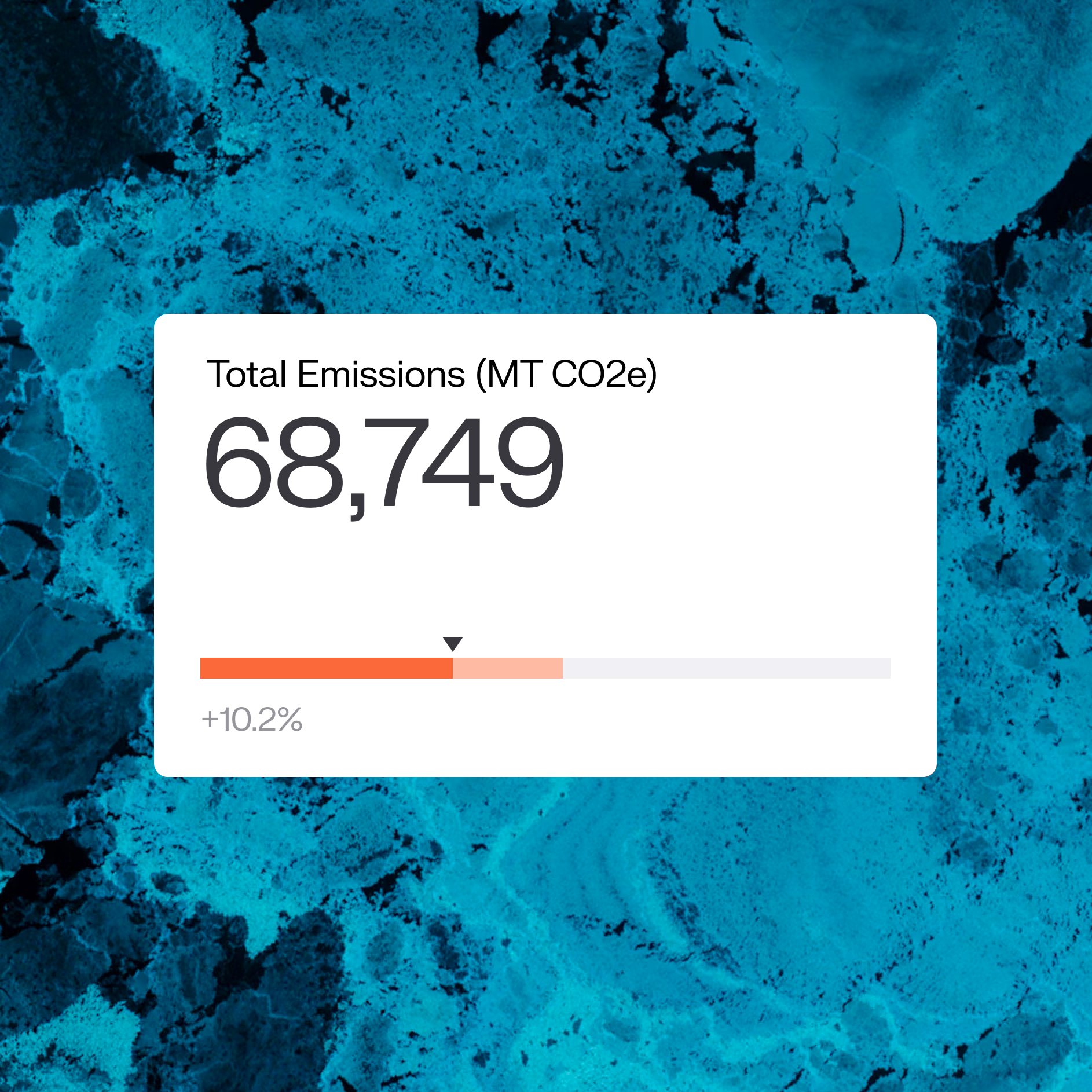Risks of Market Concentration
There is a growing concern that the surge in renewable PPAs by hyperscale data center operators could crowd out smaller buyers such as SMEs, municipalities, or universities. On the one hand, these massive contracts accelerate renewable deployment because developers prefer large, creditworthy customers who can underwrite entire projects. This has enabled gigawatts of new wind and solar to be built quickly, supporting global decarbonization goals. However, the scale of procurement by tech giants also carries systemic risks.
Smaller offtakers often lack the financial strength to compete for the most attractive projects, and may find themselves shut out of affordable renewable deals. With hyperscalers locking in long-term contracts, the remaining capacity on the market can be more expensive and less accessible. This dynamic risks creating a two-tier system: clean, competitively priced energy for large corporate players, while smaller actors are left reliant on fossil-heavy grid mixes.
The implications extend to the grid as well. Interconnection queues are already congested, and projects developed primarily for data center needs may not align with broader system optimization. As a result, procurement that looks impressive on corporate sustainability reports may not translate into the greatest possible net benefit for the energy system. This highlights a central sustainability question: are these deals truly adding new capacity, or simply reallocating what would have been built anyway?
The model, while effective in spurring renewable growth, is not fully sustainable if left unchecked. Future progress will require regulatory and market innovations that ensure equitable access. Aggregated PPAs, which pool demand from multiple smaller buyers, could help level the playing field. Policies like Ireland’s requirement for new data centers to bring their own generation capacity also point toward ways to mitigate systemic risks. Without such mechanisms, corporate procurement may accelerate decarbonization for some while delaying it for others.
Corporate Strategy Divergence
Not all data center operators pursue the same path. Hyperscalers are setting increasingly ambitious goals, such as achieving 24/7 carbon-free electricity. Google has pioneered time-matched clean energy sourcing, while Microsoft has invested in advanced storage solutions and carbon removal. Amazon has leaned heavily on bulk PPAs to become the largest corporate buyer of renewables globally. These strategies go beyond simple offsets, aiming to align actual operations with decarbonization goals.
By contrast, smaller colocation operators often lack the resources to sign bespoke PPAs or finance on-site generation. They typically rely on green tariffs or grid-supplied renewable mixes, which provide lower differentiation and may not deliver the same level of decarbonization credibility. This divergence creates a competitive dynamic: hyperscalers can market their green credentials and appeal to sustainability-conscious customers, while smaller players risk being left behind in both environmental performance and market perception.







